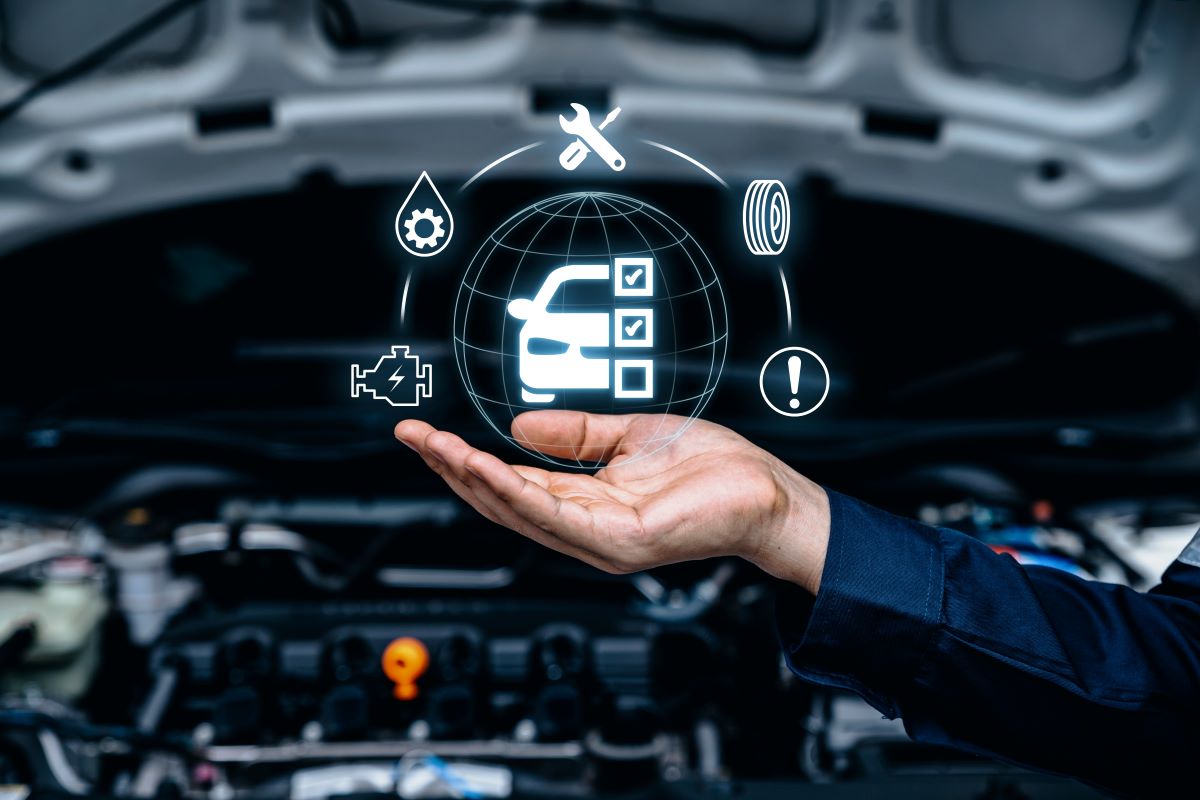The just released results of a study have revealed the key reasons that aftermarket service providers win customers, and what their competitive advantage is.
The J.D. Power 2024 U.S. Customer Service Index (CSI) Study may focus on the market across the border, but the driving forces behind customers choosing to move to aftermarket service providers are easily seen to translate into the Canadian experience.
While customer service satisfaction with dealers has increased, the fact is that dealers continue to suffer from the consequences of parts and labour shortages.
These are fueling longer wait times for appointments at dealers and this is developing into a key competitive advantage for the aftermarket.
The study breaks out BEV owners and it is this segment that manfests to most stark opportunity as the high expectations of BEV owners clashes with the percieved lack of expertise at the dealership.
“It’s encouraging to see an improvement in service satisfaction but, unfortunately, the capacity and wait time issues have gotten progressively worse since the pandemic and show no immediate signs of easing up,” said Chris Sutton, vice president of automotive retail at J.D. Power.
“Excluding Tesla owners, the service experience for BEV owners is underwhelming.”
“As sales of BEVs continue to grow and the industry moves out of the early-adopter phase, the typical owner will not be as willing to tolerate a less-than-stellar service and ownership experience.”
Furthermore, quality issues and recalls are coming home to roost for automakers and dealers, but for the aftermarket, the lack of trust by non-Tesla BEV owners in their dealerships is a golden (if fledgling) opportunity.
That trust factor is significantly higher concerning ICE vehicles, and even hybrids fair better.
To some degree this echoes recent AIA Canada Cosumer Beviour Study “Electric Vehicle Maintenance and Repair: The Canadian Owner’s Perspective” findings that showed gnawing doubts about the competency of dealers — and to be fair the independent ASP — when it comes to servicing BEVs and provding trustworthy guidance.
That AIA Canada reports said that while 44% of ICE owners believe that the techs working in a dealership are better trained than those at an ASP, that number for hybrid and EV owners is much higher. Some 69% of EV owners see techs at an independent ASP as being less well trained than those at a car dealer, and only slightly fewer HEV owners, 65%, see the relative levels of training that way.
Aside from that specific subset, based on the vehicles in operation and the more-gradual than expected uptake of BEVs, much of the opportunities for aftermarket service provider will lie in customer handling regardless of what they’re driving.
Dealership appointment wait times for mass market vehicles continue to increase
On average, owners of mass market vehicles wait 5.2 days for an appointment at the dealer, up from 4.8 days in 2023, while owners of premium vehicles wait 5.4 days—slightly better than a year ago. Wait times in both segments are still significantly higher when compared with pre-pandemic levels.
The is a tremendous opportunity for the aftermarket which has a signficant advantage in terms of locations and capacity.
In Canada there are approximtely 3,200 new car dealers, versus an estimated 12,000 independent service providers, plus specialized repair businesses. The probability of having available capacity is significantly higher among aftermarket service outlets. Adding to this the fact that for a given car brand there may be only one or two dealer options (or none at all) and the opportunity for an aftermarket automotive service provider to fill the gap grows even more.
This is already playing out.
Longer wait times at dealers are driving more customers to aftermarket service facilities, said J.D. Power. Among customers in the mass market segment, 35% now choose aftermarket service because of the ability to be seen right away, surpassing cheaper costs (34%) as a reason for choosing such service. Notable, too, is that 55% of customers choose aftermarket service due to convenience of location.
Aftermarket must heed the communications needs of customers
Using technology is an important part of enhancing the service experience. Customers are four times as likely to indicate they would like to get service updates via text message (68%) than a phone call (16%). Additionally, when service advisors provide photos or videos to support the results of a multi-point inspection (MPI), customer satisfaction with their advisor improves 31 points than when no photos or videos are shared (911 vs. 880).
Keeping BEV owners happy is not easy
Owners of non-Tesla BEVs experience recalls slightly more than twice as often as do owners of gas-powered vehicles. Compounding the problem, overall service satisfaction with recall work is 782 among these affected owners—50 points lower than among owners of gas-powered vehicles (832). In fact, non-Tesla BEV owners have the lowest satisfaction with recall work across all other major vehicle categories, including diesel (831), hybrids (827) and PHEVs (821).
As much as it may not be the first segment to look for new customers in, if BEV customers are unhappy, providing a reliable competent aftermarekt option is bound to produce some wins.
From the research it is clear that those operating aftermarket service provider businesses, independents or networks–and those who are providing banner programs, franchises and other business tools to them–should focus on reducing friction for consumers in locating outlets, scheduling service promptly and easily, and conducting that service transparently with available communications tools as these factors are proving to drive aftermarekt success more than just offering a value proposition.


0 Comments